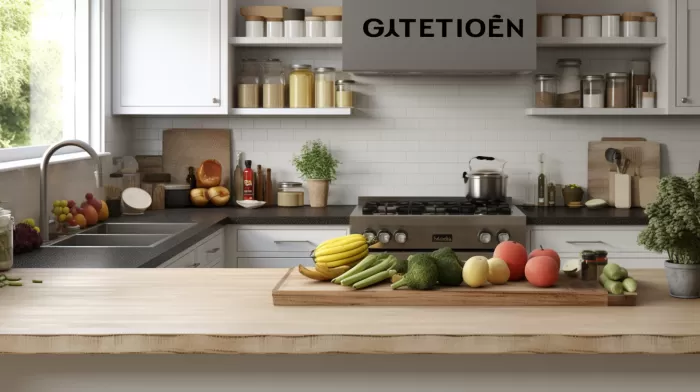If you’re one of the many people who suffer from gluten sensitivity or intolerance, trying a paleo diet can be highly beneficial in eliminating your symptoms. Some of the numerous symptoms of gluten sensitivity include irritable bowel, brain fog, skin rashes, high blood pressure, stomach aches, bloating, migraines, and fatigue. Removing gluten from your meals may make a huge difference, both mentally and physically.
Ditch Gluten and Embrace Paleo
The paleo diet eliminates gluten by focusing on the consumption of high-quality, whole foods, and limiting processed items that often contain gluten. Adopting a paleo lifestyle means staying away from grains that contain gluten, such as wheat, barley, and rye.
In order to fully commit to a paleo diet and avoid gluten in your everyday life, it is essential to prepare the majority of your own food. Not only does this ensure that you know all the ingredients that go into your meals, but it also helps to avoid any potential cross-contamination with gluten-containing items.
Guidelines for a Gluten-Free Paleo Kitchen
Creating a gluten-free kitchen can be overwhelming at first, but by following these simple measures, you can help prevent cross-contamination and ensure your paleo way of living is secure:
- Never prepare gluten-containing foods simultaneously with gluten-free meals, as this significantly increases the risk of cross-contamination.
- To be even more cautious, designate specific areas on your kitchen countertop as gluten-free zones, and enforce a strict no-gluten policy in these spaces.
- Avoid using the same utensils, such as knives, forks, or spoons, for both gluten-containing and gluten-free meals.
- Clean all kitchen utensils thoroughly after each use, which can further reduce the chances of cross-contamination.
- Always wash your hands in between different kitchen tasks.
- Regularly inspect your kitchen counters and other surfaces for any bread crumbs or sources of gluten contamination.
- Educate anyone else that uses your kitchen on the importance of preventing gluten cross-contamination.
- Utilize disposable wraps such as aluminum foil to isolate gluten-free foods.
- Keep separate condiment containers designated for gluten-free and gluten-containing products.
- Be extra cautious not to allow any bread knives to be dipped into jars or other containers after they have been used on bread to avoid accidental contamination.
Embrace Your New Lifestyle
Although taking on a gluten-free, paleo lifestyle may seem daunting at first and will require dedication and discipline, you’ll quickly adapt, and eventually, the process will become second nature. As your energy levels rise and your symptoms subside, you may find that you become passionate about your newfound lifestyle and the benefits it provides.
Just like Anne Hoyt, who began eating gluten-free after discovering her and her daughters suffered from celiac disease, you might embark on a rewarding life-long journey. After eliminating gluten and adopting a paleo way of living, Hoyt’s family experienced drastic changes in their health and wellbeing, reaffirming the belief that “nothing tastes as good as feeling healthy.”
By fully integrating a paleo diet into your life and learning how to create a gluten-free kitchen, you open the door to improved health, increased energy, and relief from the debilitating symptoms that gluten sensitivity often brings.



